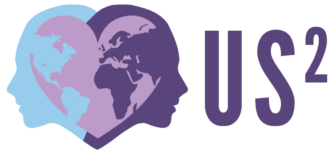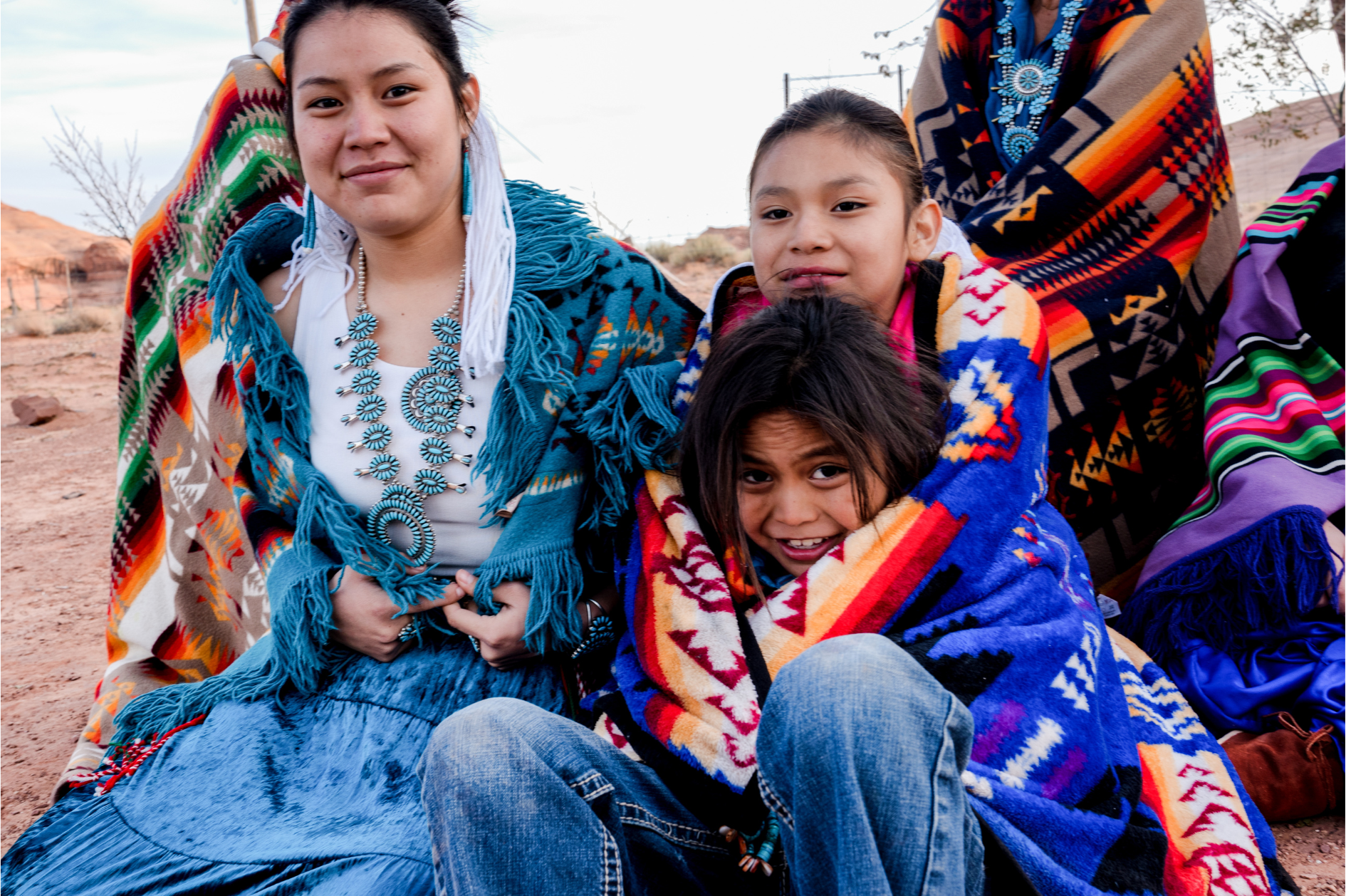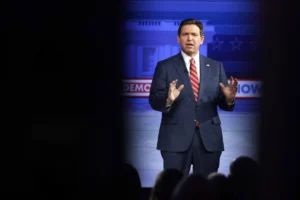Many students learn the phrase, “In 1492, Columbus sailed the ocean blue.” How many children are simultaneously taught that Columbus discovered America? Throughout our American educational history, until fairly recently, many children have been taught that Columbus brought civilization to the Americas. The fact is that Indigenous Peoples have populated the Western Hemisphere for tens of thousands of years. Despite growing awareness of this piece of history, many states still celebrate Columbus Day, in honor of Christopher Columbus.
The introduction of Europeans to Native lands resulted in a devastating loss of life, disruption of Native traditions, and enormous amounts of land being ripped from Indigenous Peoples. It is estimated that in the 130 years following the first European contact, Native America lost 95 percent of its population.
Celebrating Columbus and other explorers like him dismisses the devastating losses experienced by Indigenous People. It ignores the centuries of systemic and systematic erasure of Native Peoples. Today, when many of the American public are used to seeing Columbus Day on the calendar, over a dozen states and more than 130 local governments have chosen to pivot their focus by either not celebrating Columbus Day at all or replacing it with Indigenous Peoples’ Day. According to USA Today, ten states (Arizona, California, Iowa, Louisiana, Michigan, Minnesota, Nevada, North Carolina, Virginia, Wisconsin) and the District of Columbia celebrate Indigenous Peoples’ Day or a holiday of a similar name via proclamation, while ten others (Alabama, Alaska, Hawaii, Maine, Nebraska, New Mexico, Oklahoma, Oregon, South Dakota, Vermont) recognize it as an official holiday. Along with these states, more than one hundred cities across the country have replaced Columbus Day with Indigenous People’s Day. Some tribal groups in Oklahoma celebrate Native American Day, or a day named in honor of their individual tribes, in lieu of Columbus Day.
Despite overwhelming odds, Indigenous Peoples are still here, still advocating for the Earth, and still asking for their land. Several Contemporary Native Americans have led numerous movements to advocate for their own rights – ranging from the implementation of Indigenous People’s Day to raising awareness about environmental causes such as the Dakota Access Pipeline through the efforts of Indigenous Peoples and their allies.
We encourage you to ask yourself, “What can I do to act and show support for Indigenous Peoples?”
- Read and learn more about Indigenous Peoples’ Day.
- Encourage students to advocate for the replacement of Columbus Day with Indigenous Peoples’ Day in their school, city, state, or beyond.
- Find local Native celebrations, such as an inter-tribal Pow Wow, to learn more about culture and history from an Indigenous perspective.
- Look for resources about Indigenous groups from the land on which you reside. (Native-Land.ca | Our home on native land)
- Be brave enough to ask questions and listen with an open heart and mind to the answers about Indigenous histories, cultures, and traditions. Pay attention to how these have survived via storytelling and resilience.
- Distinguish between cultural appropriation and cultural appreciation. Recognize that growth occurs in discomfort.





